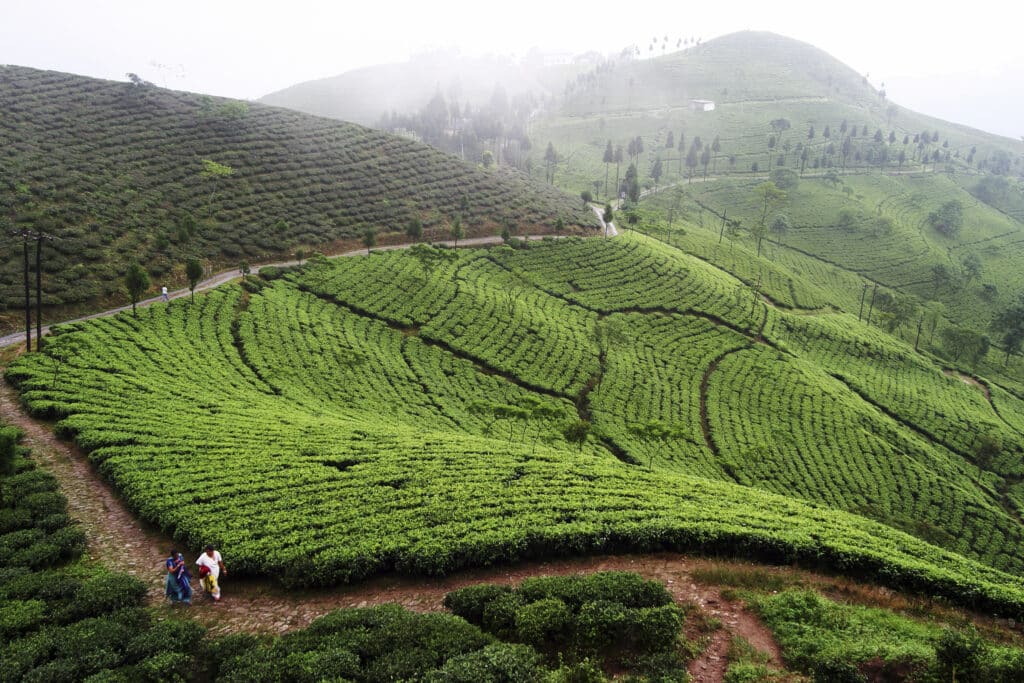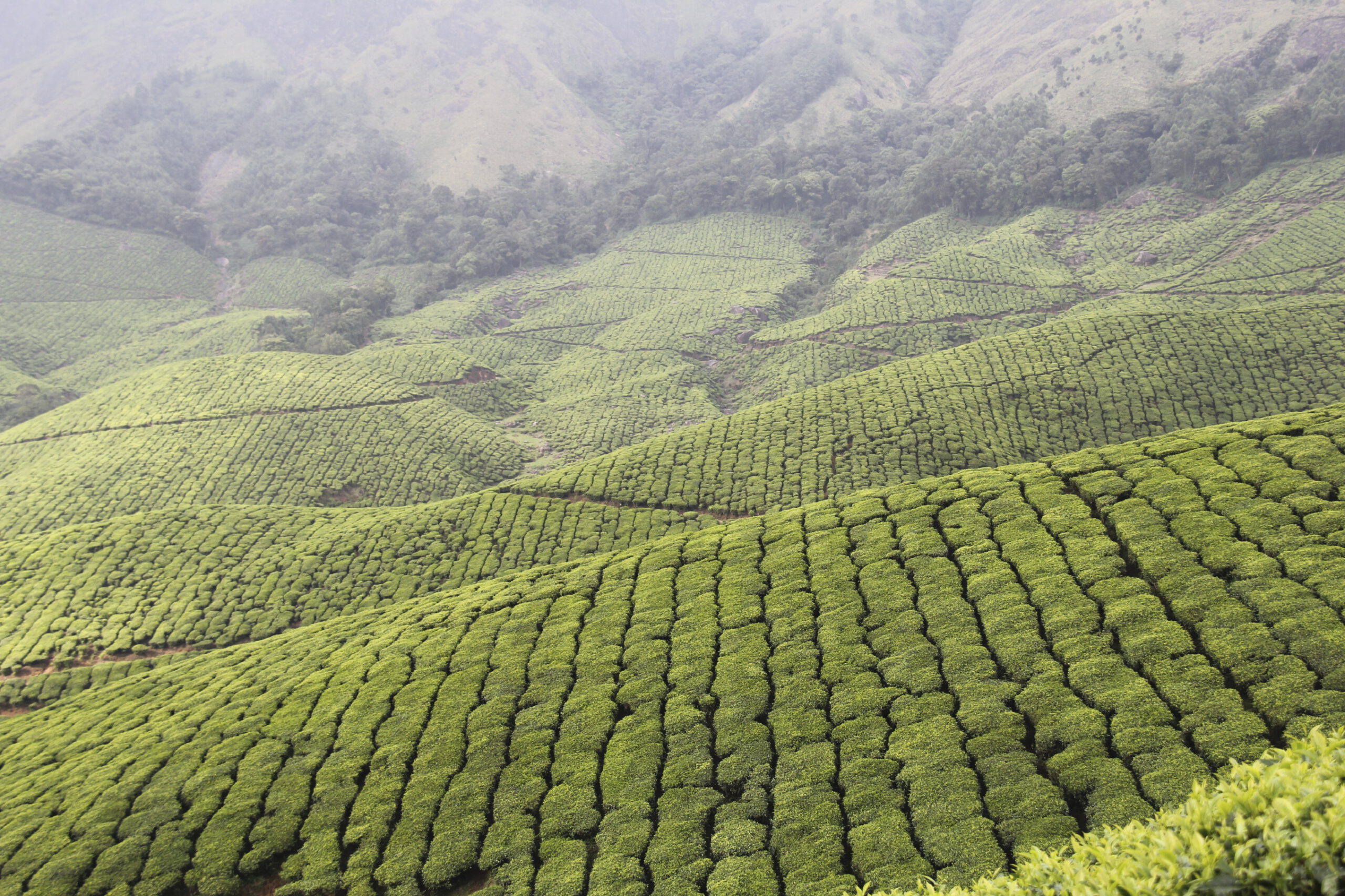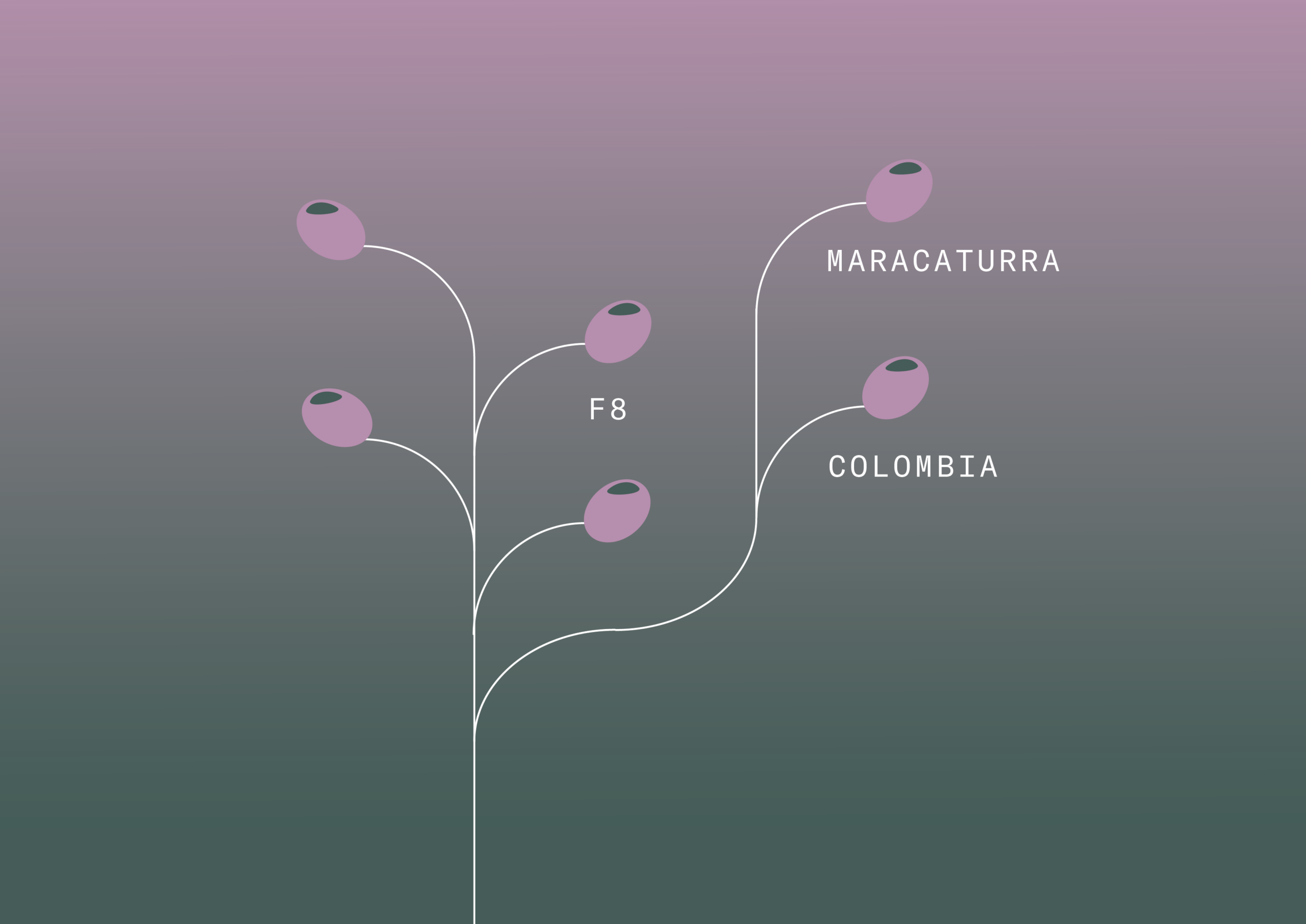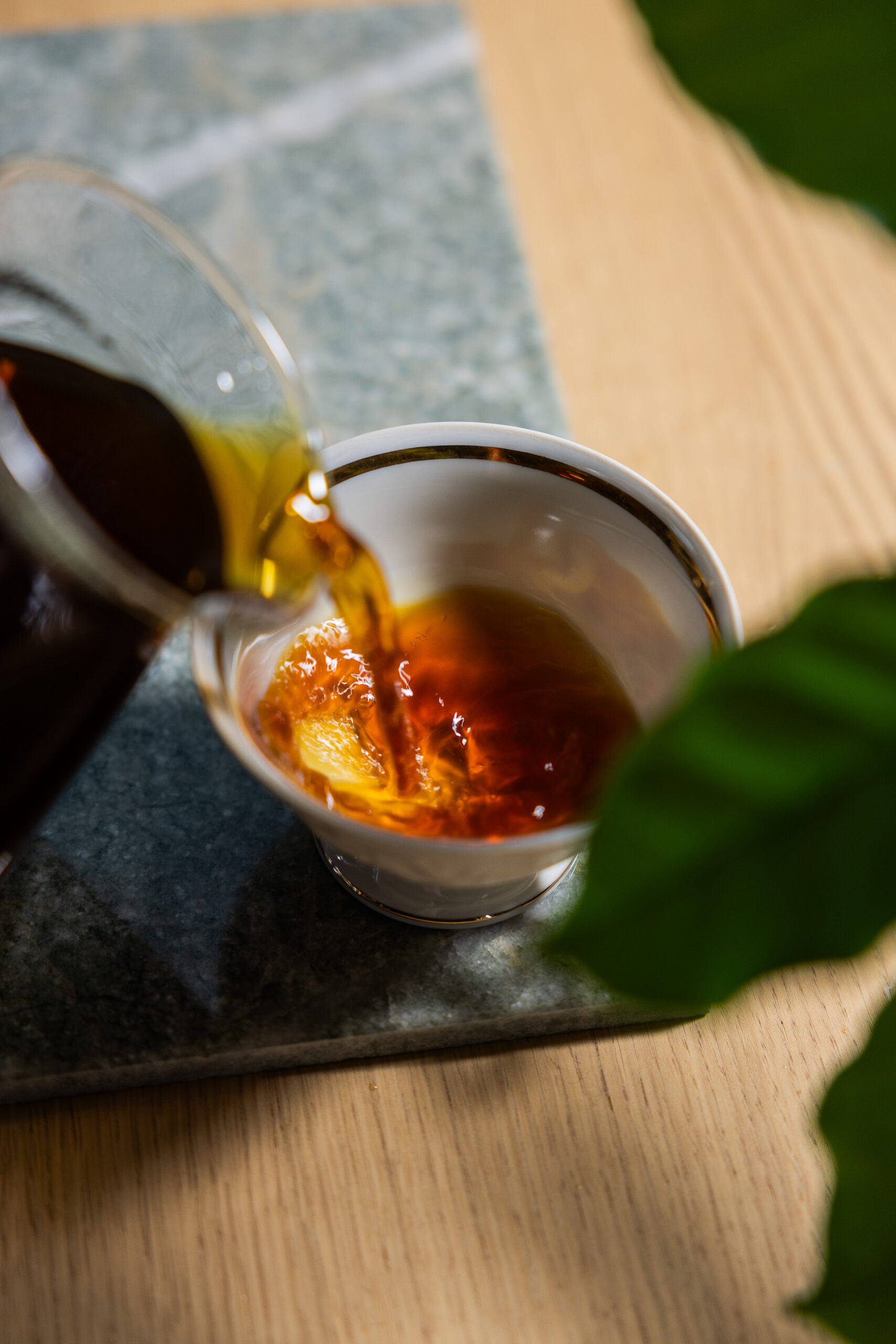On the southern slopes of the Himalayas, against the backdrop of the mighty Kanchenhunga mountain, lies the mythical region of Darjeeling. Tea has been grown in Darjeeling since 1841. The area was virtually deserted until sweaty Britons visited the cool mountainous region after the occupation of Nepal. Not surprisingly, it was an Englishman who introduced the area to the tea plant. Dr Campbell, an army doctor, had Chinese tea bushes planted in his garden in Darjeeling, where he had been transferred from Kathmandu two years earlier. The English then experimented with tea cultivation for a long time before the business was commercialised in the early 1850s.
"The one land that all men desire to see, and having seen once by even a glimpse would not give that glimpse for the shows of the rest of the world combined."
Mark Twain
The tea world's most complex flavours
The tea plantations in Darjeeling are located at altitudes of up to 2,000 metres above sea level, which is rare for tea cultivation. The tea bushes grow in streamlined formations along the green-clad slopes, and there are a number of factors that make these particular tea plantations offer what are considered to be some of the most complex and delicate flavours in the tea world.
Its location in the foothills of the Himalayas lays the foundation. Here, the sun is intense but the temperature is cool with chilly winters. Crystal-clear water flows from the mountain tops down the shady slopes where the tea plants grow. Both a fresh mountain climate and a nutrient-rich soil influence the development of the tea plant. This, among other things, contributes to the elegant and floral flavours that are so characteristic of the Darjeeling growing region.

When the shoots are picked
The tea grown in Darjeeling is picked in several batches, and each harvest offers teas with distinctive flavour characteristics. The most famous is called First Flush, which is the harvest of the very first tea shoots of spring. This harvest produces bright and fresh teas with complex and floral flavours. This is followed by an intermediate picking before the year's second major harvest, Second Flush, begins in mid-June. This harvest tends to produce teas that are stronger in both appearance and flavour. The final harvest of the year takes place in autumn and offers light and mild teas.
Today, the tea plantations in Darjeeling are state-owned and mainly leased to Indian farmers. They are commonly referred to as tea gardens and there are close to a hundred in the area. Due to different growing conditions, processing methods and farming techniques, each garden offers a unique experience in the cup.



